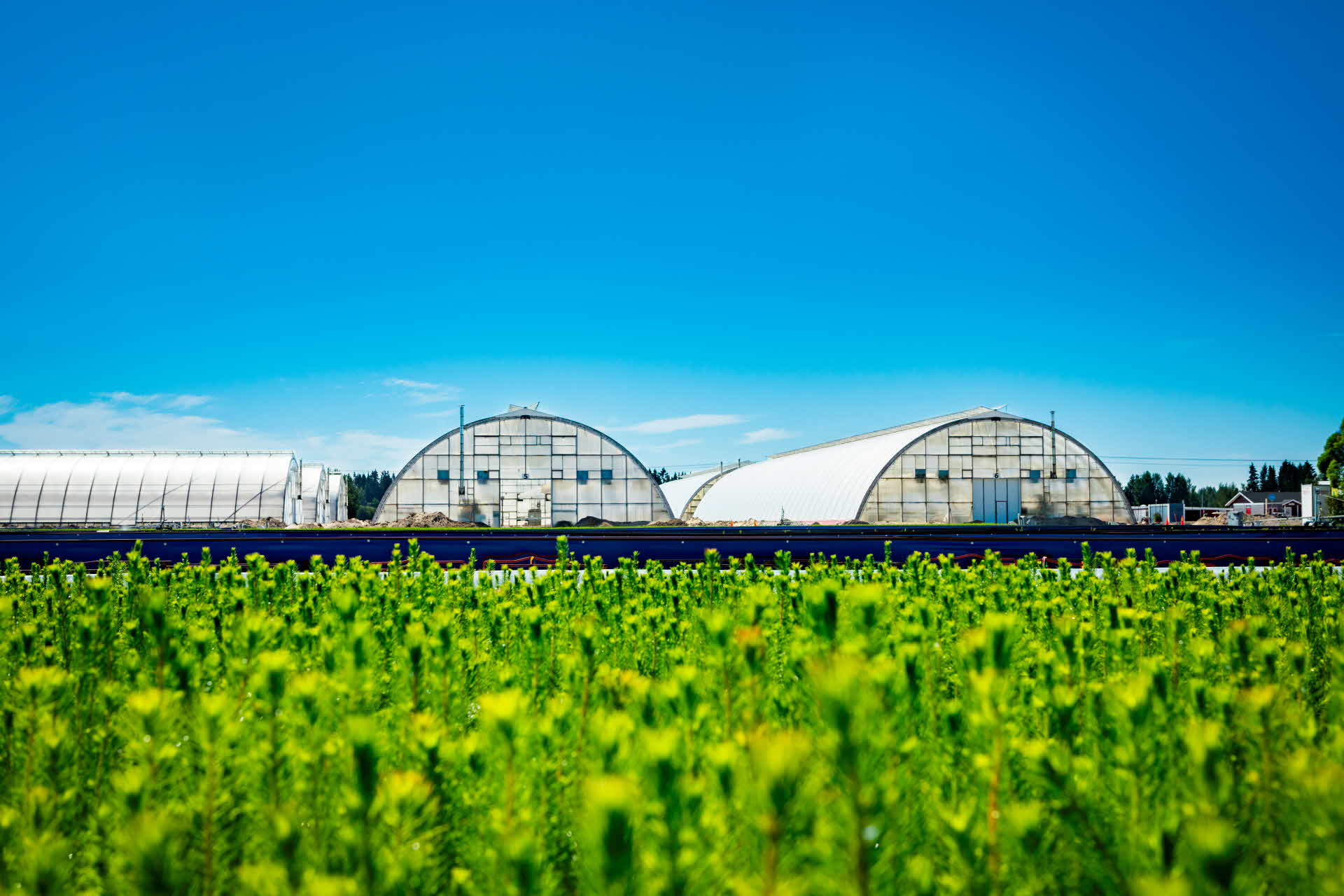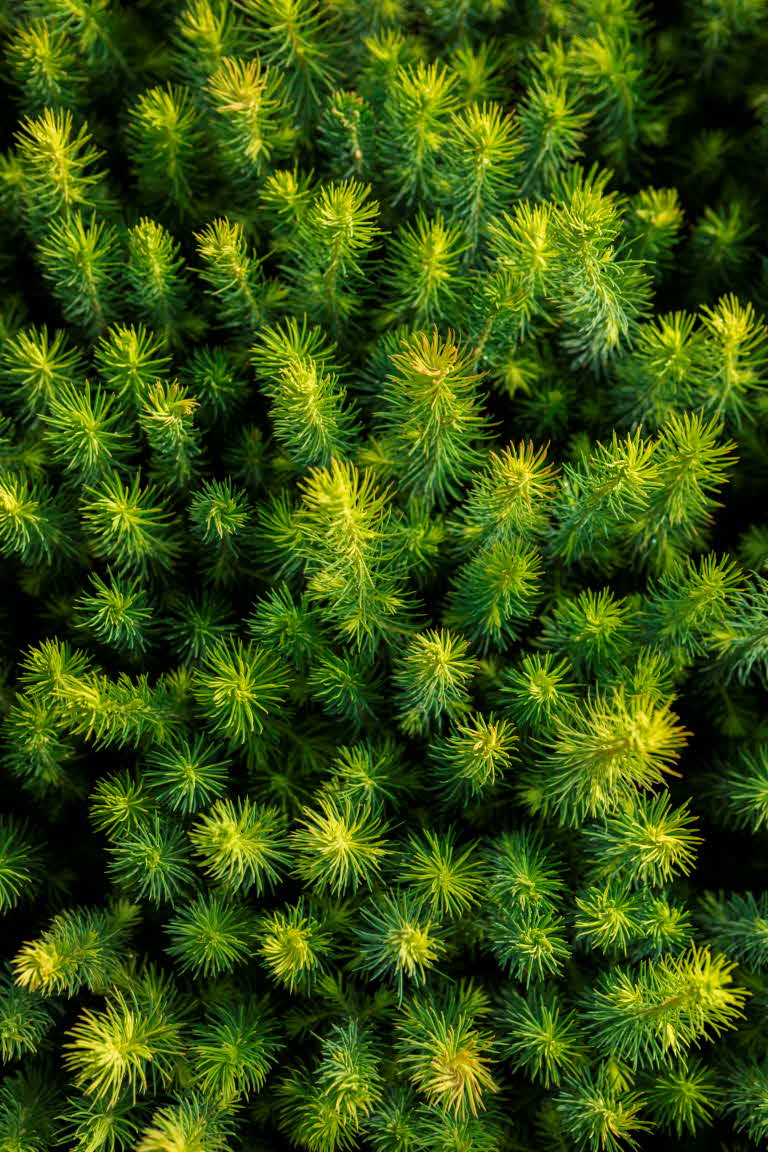
- INSPIRATION
- IMPROVEMENT DOWN THE GENERATIONS
Improvement down the generations
- Article
Swedish forests are growing at an astounding rate. For every tree harvested, at least two are planted – and these are super seedlings. After all, they have been bred by crossing the very finest trees going back generations. “Today’s improved plants grow 25 per cent faster than trees in unprocessed forests,” says Thomas Vestman, head of SCA's seedling operation NorrPlant
It was in the 1940s that researchers realised that forestry had much to learn from agriculture, where plants had been bred for thousands of years to increase the growth rate and quality of crops such as wheat, barley and corn.
“Forestry researchers then began to breed pine and spruce in the same way. Forestry and agriculture have many similarities but, while farmers sow in the spring and harvest in autumn, foresters must wait for at least 80 years for each harvest. The timescale for tree breeding is therefore completely different,” says Vestman.
Only the best are chosen
Tree breeding continues from one generation to the next in a never-ending cycle. It began with selecting the very finest trees: trees that were large, with straight trunks and thin twigs. Seedlings were then grown from their seeds and planted in experimental forests where their progress was monitored.
“Field trials are absolutely vital as they reveal how well the various offspring grow, what attributes they have and how resistant they are to diseases and pests. Thanks to field trials, we can choose which trees will be the parents of the next generation of forest,” explains Vestman.
Field trials take place in several different areas with varying conditions in terms of climate and other factors. Some trees fare better in one environment than another.
“Others seem to grow well anywhere and it is primarily these that are selected as so-called parent trees. These are the most robust trees and thus have the best chance of coping with a changing climate,” says Vestman.

The same grafting technique used for apple trees
To obtain as many specimens of the chosen trees as possible, they are grafted onto ‘ordinary’ seedlings in exactly the same process used for apple trees. These are then planted in so-called seed orchards, areas that contain only parent trees. Once the seedlings grow into trees and begin to blossom, they will be naturally cross-pollinated, although some pollen will also blow in from the surrounding forest.
“Once the female flowers have developed into cones, we pick them and remove the seeds. It is these seeds that produce the millions of seedlings in nurseries all over Sweden. The seedlings are then planted outside and become future forests. The breeding cycle then starts again as the very best trees from this generation are selected and crossed with one another,” explains Vestman.
One generation every 20 years
So, this there is a long process underlying the improved plants. Each cycle from the selection of parent trees until seedlings are ready to be planted takes just over 20 years.
“I am impressed by those who began this work; it must have seemed hopeless at first. But today, 80 years later, we are truly grateful for their efforts. It has provided fantastic results,” says Thomas Kraft, programme manager for tree breeding at the Forestry Research Institute of Sweden (Skogforsk).
While Skogforsk has overall responsibility for tree breeding in Sweden, SCA and many
other stakeholders contribute to the work and own shares in the seed orchards. Today, we are harvesting seeds from the third cycle of seed orchards and the seedlings we plant today will produce forests that grow 25 per cent faster than unprocessed forests. The improved plants also produce wood of higher quality and are more resistant to diseases and pests.
“They are also better equipped for climate change. The climate is changing so rapidly that trees don’t have time to adapt naturally; so, we help them along the way through our selections,” says Kraft.
Climate benefits
Thanks to their high growth rate, cultivated trees also help to mitigate the impact of climate change. As trees grow, they bind carbon and when they are harvested they continue to benefit the climate when used as sustainable alternatives to fossil-based materials such as plastics and concrete, allowing us to leave fossil carbon in the ground.
“The higher growth rate means that trees bind more carbon and that we have access to more climate-smart raw materials. So, today’s seedlings have dual benefits,” says Vestman.
Great genetic diversity
Breeding continues relentlessly to produce even better seedlings. As always when breeding and crossbreeding, it is vital to avoid inbreeding.
“However, when it comes to breeding pine and spruce this problem is easy to avoid. Firstly, because these species are incredibly genetically diverse, secondly, because we have a large number of parent trees in each generation, and thirdly, because we have a pedigree chart for each parent tree and check its lineage before choosing which seeds to plant in which seed orchard,” says Kraft.
Wayward pollen from the forests surrounding seed orchards also increases genetic diversity. Improved plants thus make a significant difference to the growth of Sweden’s forests; however, good management is also required if the trees are to grow well. The most important thing is to prepare the soil in which the seedlings will be planted, so they have good growing conditions. With time, the forest will also need to be thinned and possibly fertilized.
“Thanks to improved plants and careful management of our forests, Sweden has more and more forest each year. The amount of timber in Swedish forests has doubled over the last century," concludes Vestman.